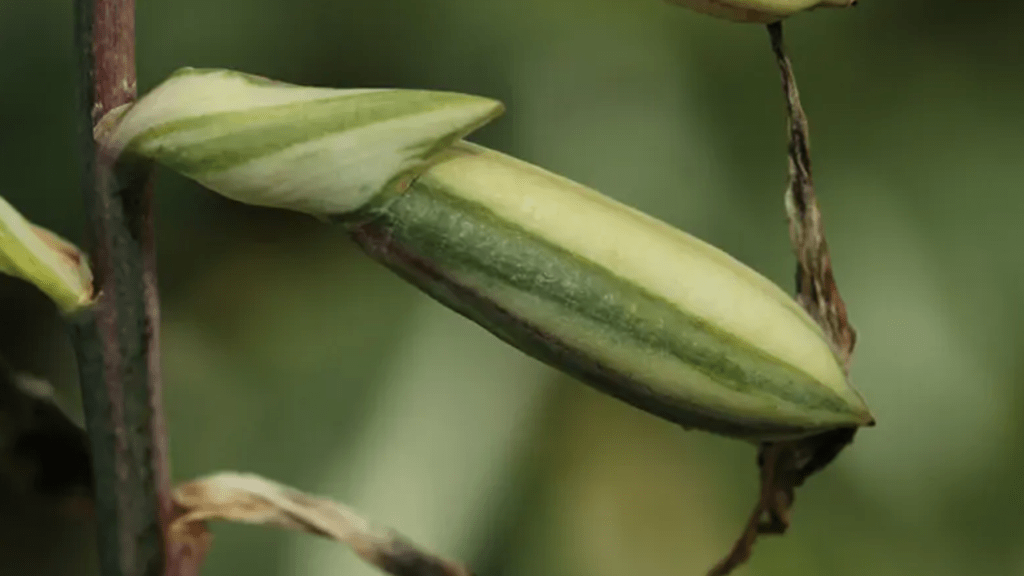
How to Plant Hosta Seeds: A Step-by-Step Guide for Lush Gardens
Hostas are beloved plants in gardens for their beautiful foliage and low maintenance. If you’ve ever wondered how to plant hosta seeds to grow your own stunning hosta plants, you’re in the right place. In this comprehensive guide, we’ll walk you through the process of planting hosta seeds step by step. Whether you’re a seasoned gardener or just starting out, learning how to plant hosta seeds will add a vibrant touch to your garden. Let’s dive in and discover the secrets to successful hosta seed planting.
Planting hosta seeds is a great way to add more of these beautiful plants to your garden. To start, you will need to gather your hosta seeds, a seed tray or small pots, potting soil, and a spray bottle for watering. Begin by filling your seed tray or pots with potting soil, then sprinkle the hosta seeds over the soil. Gently press the seeds into the soil so that they make good contact. It’s important to keep the soil consistently moist, so be sure to water the seeds regularly with a spray bottle. Place the seed tray or pots in a warm, sunny location, and in a few weeks, you should begin to see the hosta seeds sprouting. As the seedlings grow, be sure to transplant them into larger pots or directly into the garden, and continue to provide them with regular water and sunlight. With patience and care, you’ll soon have a beautiful garden filled with thriving hosta plants.
Table of Contents
ToggleUnderstanding Hosta Seeds
can be a rewarding experience for any gardener. Hostas are beautiful and low-maintenance plants that are perfect for adding color and texture to your garden. If you want to grow hostas from seeds, it’s important to understand the process and take the necessary steps to ensure their success.
To start, you will need to gather your hosta seeds, a seed tray or small pots, potting soil, and a spray bottle for watering. Begin by filling your seed tray or pots with potting soil, then sprinkle the hosta seeds over the soil. Gently press the seeds into the soil so that they make good contact. It’s important to keep the soil consistently moist, so be sure to water the seeds regularly with a spray bottle.
Place the seed tray or pots in a warm, sunny location, and in a few weeks, you should begin to see the hosta seeds sprouting. As the seedlings grow, be sure to transplant them into larger pots or directly into the garden, and continue to provide them with regular water and sunlight. With patience and care, you’ll soon have a beautiful garden filled with thriving hosta plants.
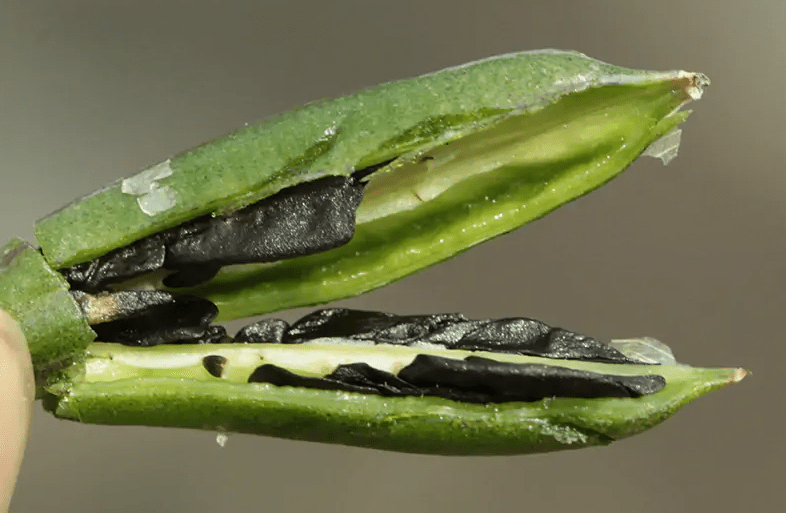
Understanding the process of growing hosta seeds can be a great way for gardeners to expand their skills and create a stunning garden. With the right care and attention, you can enjoy the beauty of hosta plants in your yard for years to come.
What Are Hosta Seeds?
Hosta seeds are the seeds of the hosta plant, which is a popular perennial plant known for its lush foliage and beautiful flowers. Hosta seeds can be collected from the seed pods that develop after the plant has finished flowering. These seeds can then be planted in soil to grow new hosta plants. When planting hosta seeds, it’s important to prepare the soil by mixing in organic matter to provide nutrients for the seeds to grow. Gently press the seeds into the soil so that they make good contact. It’s important to keep the soil consistently moist, so be sure to water the seeds regularly with a spray bottle. Place the seed tray or pots in a warm, sunny location, and in a few weeks, you should begin to see the hosta seeds sprouting. As the seedlings grow, be sure to transplant them into larger pots or directly into the garden, and continue to provide them with regular water and sunlight. With patience and care, you’ll soon have a beautiful garden filled with thriving hosta plants. Understanding the process of growing hosta seeds can be a great way for gardeners to expand their skills and create a stunning garden. With the right care and attention, you can enjoy the beauty of hosta plants in your yard for years to come.
Varieties of Hosta Plants
Popular Hosta Varieties
Hosta plants are a popular choice for gardeners due to their beautiful foliage and easy maintenance. Some popular varieties include “Patriot” with its striking green and white leaves, “Sum and Substance” which has large, chartreuse leaves, and “June” with its blue-green leaves and creamy yellow margins. These varieties come in a range of sizes and colors, making them a versatile and attractive addition to any garden. Whether you’re looking for a bold statement plant or a more subtle addition, there’s a hosta variety to suit your garden’s needs. With the right care, hosta plants can thrive and bring beauty to your outdoor space for years to come.
Choosing the Right Hosta for Your Garden
Understanding the process of choosing the right hosta for your garden can help you create a stunning and thriving outdoor space. Hosta plants are known for their beautiful foliage and easy maintenance, making them a popular choice for gardeners. When selecting a hosta variety for your garden, consider factors such as the size and color of the plant, as well as the overall look you want to achieve. Some popular hosta varieties include “Patriot,” “Sum and Substance,” and “June,” each with their own unique characteristics and visual appeal. With the right care and attention, hosta plants can thrive and bring beauty to your outdoor space for years to come. Whether you’re looking for a bold statement plant or a more subtle addition, there’s a hosta variety to suit your garden’s needs. By understanding the different varieties and their specific needs, you can create a stunning and thriving garden with hosta plants.
Preparing to Plant Hosta Seeds
Choosing High-Quality Hosta Seeds
Is essential for a successful garden. When selecting hosta seeds, it’s important to choose high-quality seeds from a reputable supplier. Look for seeds that are fresh, properly stored, and free of any signs of damage or disease. High-quality seeds will have a higher germination rate and will produce healthy, robust plants.
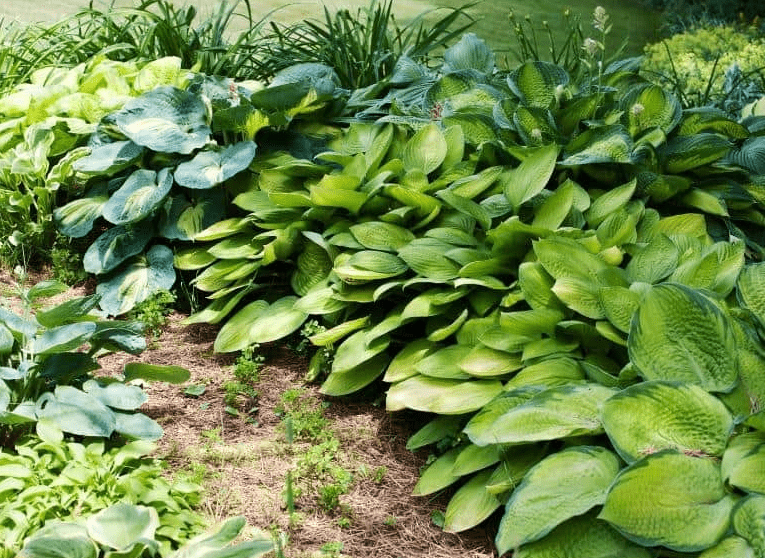
When choosing hosta seeds, consider the specific variety you want to grow and make sure to select seeds that are well-suited to your climate and growing conditions. Some popular hosta varieties to consider include “Blue Mouse Ears,” “Fragrant Bouquet,” and “Halcyon,” each with their own unique characteristics and visual appeal.
It’s also important to consider the reputation of the seed supplier and their track record for providing high-quality seeds. Look for reviews and recommendations from other gardeners to ensure that you are choosing a reliable source for your hosta seeds.
By taking the time to choose high-quality hosta seeds, you can set yourself up for success and ensure that your garden is filled with beautiful, healthy hosta plants.
Gathering Necessary Materials
When gathering materials for planting hosta seeds, it’s important to look for seeds that are fresh, properly stored, and free of any signs of damage or disease. High-quality seeds will have a higher germination rate and will produce healthy, robust plants. When choosing hosta seeds, consider the specific variety you want to grow and make sure to select seeds that are well-suited to your climate and growing conditions. Some popular hosta varieties to consider include “Blue Mouse Ears,” “Fragrant Bouquet,” and “Halcyon,” each with their own unique characteristics and visual appeal. It’s also important to consider the reputation of the seed supplier and their track record for providing high-quality seeds. Look for reviews and recommendations from other gardeners to ensure that you are choosing a reliable source for your hosta seeds. By taking the time to choose high-quality hosta seeds, you can set yourself up for success and ensure that your garden is filled with beautiful, healthy hosta plants.
Germinating Hosta Seeds
Germinating hosta seeds is a rewarding and enjoyable process that can lead to beautiful, healthy plants in your garden. Before you begin, it’s important to gather the necessary materials. Look for fresh, high-quality seeds that are well-suited to your climate and growing conditions. Consider the specific variety of hosta you want to grow, such as “Blue Mouse Ears” or “Fragrant Bouquet.” Ensure that the seeds are properly stored and free of any signs of damage or disease. It’s also important to choose a reputable seed supplier with a track record of providing high-quality seeds. By taking the time to gather the right materials, you can set yourself up for success and enjoy the process of germinating hosta seeds.
Planting Germinated Hosta Seeds
Preparing the Soil
is an essential step in successfully growing hosta plants from seeds. Begin by choosing a location with well-draining soil and partial shade. Hostas thrive in moist, rich soil, so adding organic matter such as compost or peat moss can help improve the soil quality. Prior to planting, ensure the soil is loose and free of any debris or large clumps. This will provide the hosta seeds with the ideal environment to take root and grow into healthy plants. It’s also important to consider the pH level of the soil, as hostas prefer a slightly acidic environment. Using a soil test kit can help you determine the pH level and make any necessary adjustments to create the perfect growing conditions for your hosta seeds. By taking the time to prepare the soil properly, you can give your hosta seeds the best possible start and set the stage for a successful and bountiful garden.
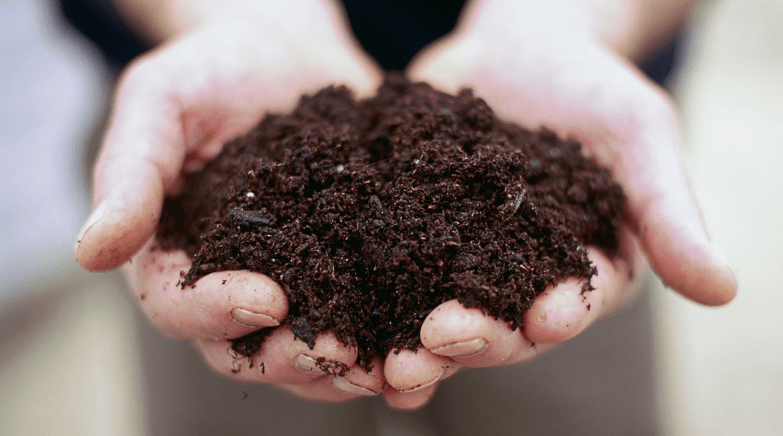
Sowing Technique
When sowing hosta seeds, it’s important to choose a location with well-draining soil and partial shade. Hostas thrive in moist, rich soil, so adding organic matter such as compost or peat moss can help improve the soil quality. Before planting, make sure the soil is loose and free of any debris or large clumps to provide the hosta seeds with the ideal environment to take root and grow into healthy plants. It’s also important to consider the pH level of the soil, as hostas prefer a slightly acidic environment. Using a soil test kit can help you determine the pH level and make any necessary adjustments to create the perfect growing conditions for your hosta seeds. By taking the time to prepare the soil properly, you can give your hosta seeds the best possible start and set the stage for a successful and bountiful garden.
Caring for Hosta Seedlings
Watering and Nutrient Needs
After planting hosta seeds, it’s important to keep the soil consistently moist to help the seeds germinate and establish strong roots. Water the seeds regularly, but be careful not to overwater, as this can lead to root rot. Once the hosta seedlings have emerged, continue to water them regularly, especially during dry periods.
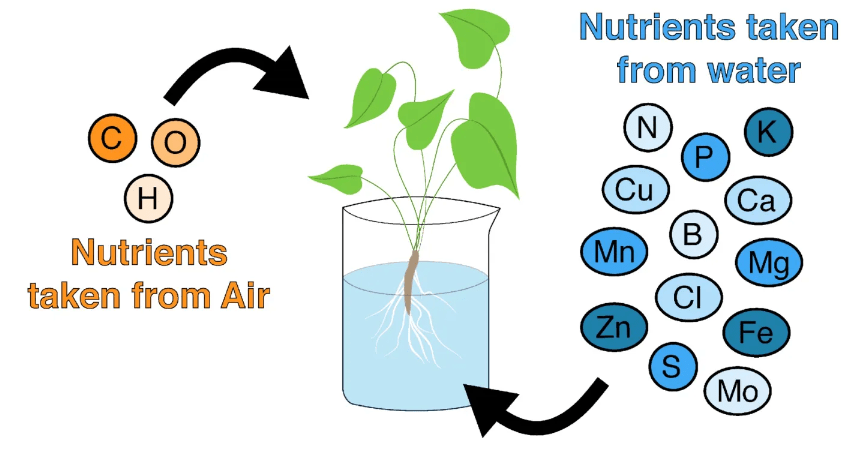
In addition to watering, hosta seedlings will also benefit from regular fertilization to provide them with the necessary nutrients for healthy growth. You can use a balanced, slow-release fertilizer to ensure that the seedlings receive a steady supply of nutrients over time. Be sure to follow the instructions on the fertilizer packaging to avoid over-fertilizing, which can damage the seedlings.
By providing the right amount of water and nutrients, you can help your hosta seedlings thrive and develop into strong, healthy plants. Keep a close eye on the moisture levels and fertilize as needed to support the growth of your hosta seedlings.
Light and Temperature Requirements
Hostas thrive in shaded or partially shaded areas, so it’s important to plant them in a location that receives only a few hours of direct sunlight each day. If you live in a warmer climate, be sure to choose a spot with dappled sunlight or morning sun and afternoon shade to protect the seedlings from the intense heat. Hostas also prefer cooler temperatures, so be mindful of the temperature in your area and choose a location with good air circulation to prevent the seedlings from becoming too hot. It’s important to monitor the temperature and light conditions to ensure that your hosta seedlings have the ideal environment for healthy growth. With the right care and attention, your hosta seedlings will flourish and become beautiful, thriving plants in your garden.
Managing Pests and Diseases
Pests and diseases can be a common issue when it comes to caring for hosta seedlings. It’s important to keep an eye out for any signs of pest infestation or disease and take action to manage them. One way to prevent pests and diseases is to maintain good garden hygiene, such as removing any dead or decaying plant material and keeping the garden clean and tidy. Additionally, you can use natural pest control methods, such as introducing beneficial insects or using organic pesticides to manage pests. It’s also important to monitor your hosta seedlings regularly for any signs of disease, such as discoloration, wilting, or unusual growth patterns. If you notice any of these signs, you can take steps to address the issue, such as removing infected plants or using disease-resistant varieties. By staying proactive and attentive to the health of your hosta seedlings, you can manage pests and diseases effectively and ensure the success of your plants.
Supporting Healthy Growth
Managing pests and diseases is crucial when it comes to supporting healthy growth in hosta seedlings. Pests and diseases can quickly damage or even kill your plants if left unchecked. One way to prevent pest infestations and diseases is to maintain good garden hygiene. This includes removing any dead or decaying plant material, keeping the garden clean and tidy, and regularly inspecting your plants for any signs of trouble. Additionally, you can use natural pest control methods, such as introducing beneficial insects or using organic pesticides, to manage pests in a safe and environmentally friendly way. It’s also important to monitor your hosta seedlings regularly for any signs of disease, such as discoloration, wilting, or unusual growth patterns. If you notice any of these signs, it’s important to take action to address the issue, whether it’s removing infected plants or using disease-resistant varieties. By staying proactive and attentive to the health of your hosta seedlings, you can effectively manage pests and diseases and support their healthy growth.
Transplanting Hosta Seedlings
Is a great way to ensure that your plants have enough space to grow and thrive. When transplanting hosta seedlings, it’s important to choose a location that receives partial to full shade and has well-draining soil. Before transplanting, make sure to water the seedlings thoroughly to help ease the transition. When removing the seedlings from their original location, be sure to gently loosen the soil around the roots to minimize damage. Once the seedlings are in their new location, water them again and add a layer of mulch to help retain moisture and suppress weeds. It’s important to continue watering the seedlings regularly, especially during the first few weeks after transplanting, to help them establish their roots in their new environment. By following these steps, you can successfully transplant hosta seedlings and help them grow into healthy, thriving plants in your garden.
Common Issues and Troubleshooting
Germination Problems
Can be frustrating for gardeners, but there are a few common issues and troubleshooting tips that can help improve the germination process. One common problem is planting seeds too deep. It’s important to follow the recommended planting depth for each type of seed to ensure successful germination. Another issue is inconsistent watering. Seeds need to be kept consistently moist, but not waterlogged, in order to germinate. Additionally, temperature fluctuations can also impact germination. It’s important to keep seeds at the appropriate temperature for germination, whether that’s indoors or in a greenhouse. If you’re still experiencing germination problems, it may be worth investing in a seed starting mix or using a germination mat to provide consistent warmth to the seeds. By addressing these common issues and following troubleshooting tips, you can improve the germination process and increase the success rate of your seeds.
Growth Challenges
When it comes to gardening, there are a few common challenges that can impact the growth of your plants. One of the most important factors in successful plant growth is the germination of seeds. It’s important to follow the recommended planting depth for each type of seed to ensure successful germination. Inconsistent watering can also impact germination, as seeds need to be kept consistently moist but not waterlogged. Temperature fluctuations can also impact germination, so it’s important to keep seeds at the appropriate temperature for germination, whether that’s indoors or in a greenhouse. If you’re still experiencing germination problems, it may be worth investing in a seed starting mix or using a germination mat to provide consistent warmth to the seeds. By addressing these common issues and following troubleshooting tips, you can improve the germination process and increase the success rate of your seeds.
Pest and Disease Management
Is a crucial aspect of gardening that can significantly impact the health and growth of your plants. Common pests such as aphids, whiteflies, and spider mites can damage plants by sucking sap, causing wilting, and transmitting diseases. It’s important to regularly inspect your plants for signs of pest infestations and take appropriate measures to control and prevent further damage. This can include using natural predators, such as ladybugs or lacewings, to control pest populations, or using organic pesticides as a last resort.
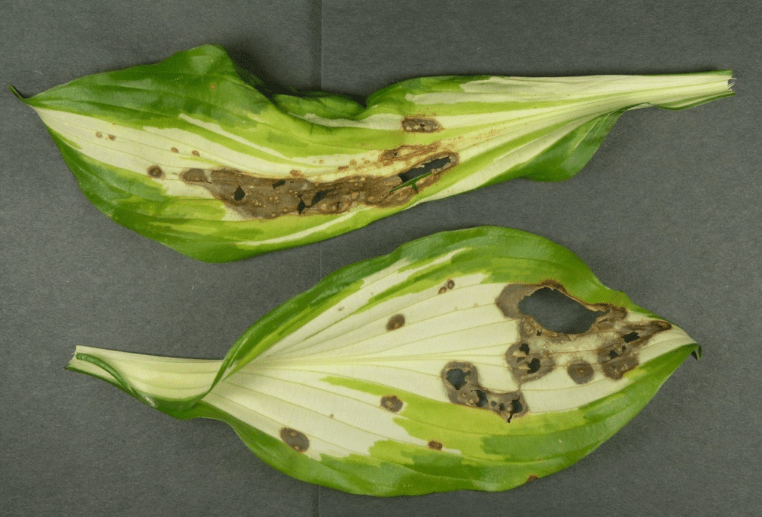
In addition to pests, diseases can also pose a threat to plant growth. Fungal diseases such as powdery mildew and leaf spot can spread quickly and weaken plants. To prevent these diseases, it’s important to maintain proper air circulation, avoid overhead watering, and remove any infected plant material.
To effectively manage pests and diseases, it’s important to regularly monitor your garden, practice good hygiene, and create a healthy growing environment for your plants. This can include using crop rotation, companion planting, and organic mulches to deter pests and diseases.
By taking a proactive approach to pest and disease management, you can minimize the impact of these challenges and help your plants thrive. Setting goals for a healthy garden and taking the necessary steps to achieve them will lead to a successful and rewarding gardening experience.
Benefits of Growing Hostas from Seeds
There are several benefits to growing hostas from seeds. First, it allows you to have a wider variety of options, as there are many different types of hosta seeds available. Growing from seeds also gives you the satisfaction of nurturing the plant from its early stages and witnessing its growth and development. Additionally, growing from seeds can be more cost-effective than purchasing fully grown hosta plants. It also allows you to have a larger quantity of plants, which can be beneficial if you have a large gardening space to fill. Finally, growing hostas from seeds can be a fun and rewarding experience for any gardener. With the right care and attention, you can enjoy beautiful and healthy hosta plants in your garden.
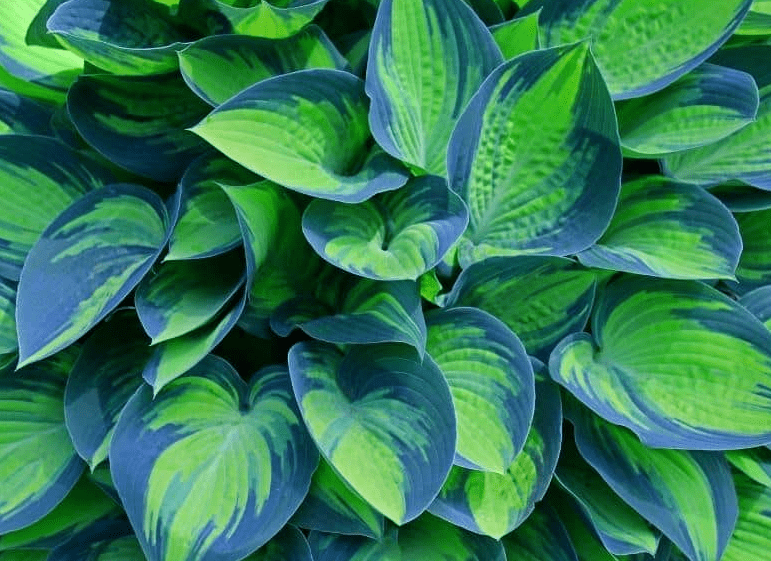
In conclusion, planting hosta seeds is a relatively simple process that can result in beautiful and lush gardens. By following the steps outlined in this guide, you can ensure that your hosta plants thrive and add beauty to your outdoor space. Remember to choose a suitable location, provide the necessary care and maintenance, and enjoy the beauty of your hosta plants as they grow and flourish. Happy gardening!
Frequently asked questions And Answer
The best time to plant hosta seeds is in the early spring, after the last frost has passed. This will give the seeds plenty of time to establish themselves before the heat of summer.
Yes, hosta seeds can be planted directly in the ground. Choose a spot with well-draining soil and partial shade for best results.
Hosta seeds should be planted about 1/4 inch deep in the soil. You can simply sprinkle the seeds over the soil and then lightly cover them with a thin layer of soil.
Hosta seeds should be kept consistently moist, but not waterlogged. Water them regularly, especially during dry periods, to ensure they have enough moisture to germinate and grow.
Hosta seeds typically take about 2-3 weeks to germinate. Be patient and continue to provide them with the proper care and conditions for optimal growth.
Yes, hosta seeds can be started indoors in seed trays or pots. Keep them in a warm, well-lit area and transplant them outdoors once they have developed several sets of true leaves.
Once the hosta seeds have germinated and grown into young plants, they will require regular watering, occasional fertilizing, and protection from pests and diseases. Keep an eye on their growth and provide them with the care they need to thrive.
It can take several years for hosta seeds to mature into fully grown plants. With proper care and maintenance, they will eventually develop into lush, beautiful hosta plants for your garden.
